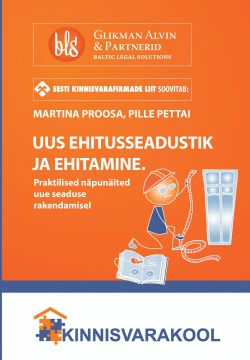The Association of Real Estate Firms disagrees that there is a massive need for new apartment buildings to replace the Soviet-era blocks, the life-span of which is said to come to an end in 20 years.
The statement was made in response to the Postimees article published on October 12, in which Ülar Mark, head of the Centre of Architecture and former chairman of the Architects’ Union said that renovating the apartment blocks constructed between 1960 and late 1980s is not cost effective and that to avoid a potential housing deficit in the future, mass construction of new apartments must be undertaken.
Mark also pointed out, that as 80 percent of Tallinn residents live in the old apartment blocks located in the city’s outskirts, more apartments should be constructed in the capital’s downtown area.
Overhauling already existing apartment buildings would not be more expensive than building new ones, said Tõnu Toompark, board member of the association, adding that the life-span of the almost half-century-old concrete panel houses can well be extended with regular repair and maintenance.
“If buildings would last only as long as their initial projected life-span, there currently would not be any medieval houses in Tallinn Old Town,” he said.
Even now, Estonia has enough living space per capita and although the construction volumes of new apartments have recently declined, the supply is still abundant, said Toompark. Rather, it is their price that currently stands in the way of purchase for many families.
Mass construction of new residential blocks in Tallinn would also feed a migration trend, further depleting rural municipalities of their residents, Toompark warned.
Ingrid Teesalu
http://news.err.ee/v/economy/1688321d-7e93-489b-9c3f-55321301cf97













